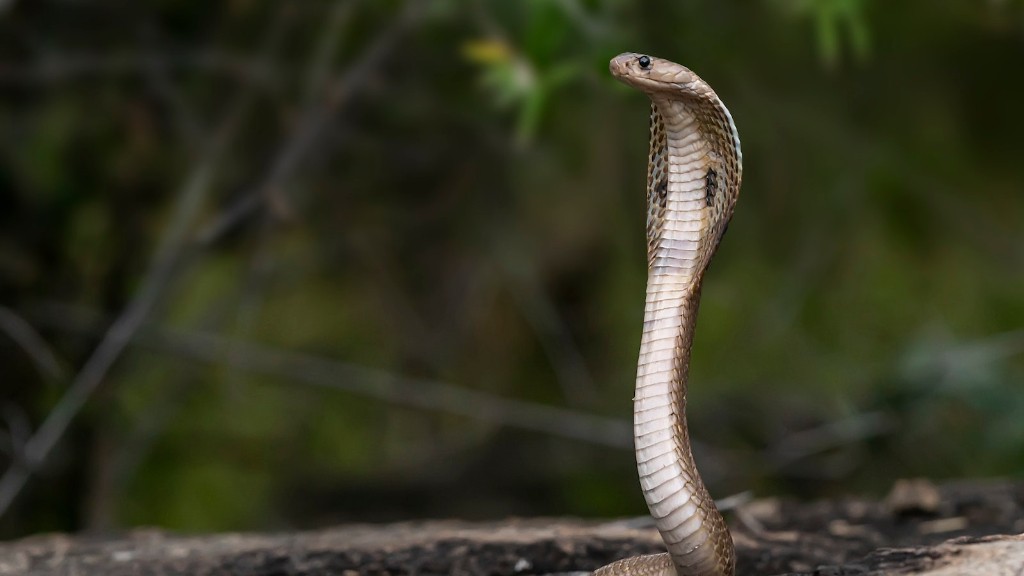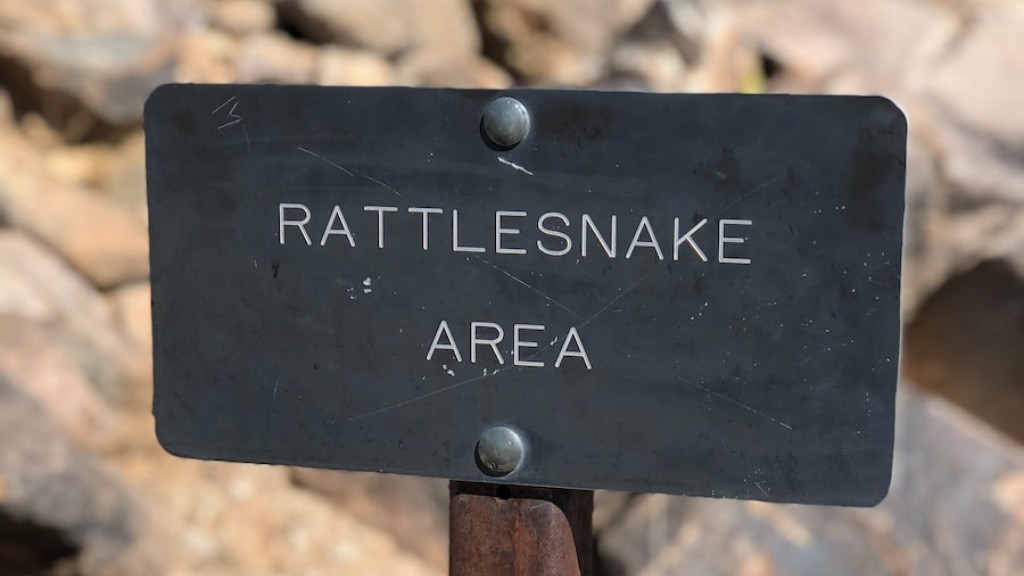Understanding the Displacement of Copperhead Snakes in a Five-day Period
When studying the behavior and movement patterns of animals, it is crucial to examine their displacement over a certain period. In this article, we will explore the distance that a copperhead snake, commonly found in North America, can travel within a five-day timeframe. Through a combination of scientific research, observation, and anecdotal evidence, we aim to shed light on this intriguing aspect of snake behavior.
The Nature of Copperhead Snakes
Copperhead snakes (Agkistrodon contortrix) are venomous pit vipers, primarily inhabiting wooded areas of the eastern and central United States. These snakes are known for their distinct coloration, which resembles copper, and for their well-developed venom glands. Copperheads are secretive and generally avoid human interaction, preferring to hunt small rodents, birds, and amphibians.
Factors Affecting Snake Movement
Several factors contribute to the movement patterns of copperhead snakes. First and foremost, these snakes are ectothermic, meaning their body temperature is regulated by the environment. Copperheads are more active during warm weather, particularly in spring and fall when temperatures are milder.
The availability of resources, such as food and water, also influences snake movement. Copperheads exhibit a territorial behavior, staying within a specific range where these resources are plentiful. The size of their territory may vary depending on factors such as population density, habitat quality, and the availability of suitable prey.
Copperheads are also influenced by environmental conditions, including topography and vegetation. Snakes may be more inclined to move through open areas where they can thermoregulate and access prey more effectively. However, they are also adept climbers and can navigate through dense vegetation if necessary.
Methods Used to Study Snake Displacement
Researchers and herpetologists employ various methods to track and study the movements of copperhead snakes. One common approach is radio telemetry, where snakes are fitted with small transmitters that emit radio signals. Researchers can then locate the snakes using specialized receiving equipment, enabling them to record the distance traveled and the overall displacement.
Additionally, scientists may conduct mark-recapture studies, where individual snakes are marked or tagged to monitor their movements. By recapturing snakes at different locations over time, researchers can estimate the distances covered and determine patterns in the snakes’ displacement.
Anecdotal Evidence and Scientific Research
Anecdotal evidence suggests that copperhead snakes can cover considerable distances within a five-day period. Reports from snake enthusiasts and field researchers mention snakes traveling up to several hundred meters or even a kilometer within a week. However, it is important to substantiate these claims with scientific studies to ensure accuracy and reliability.
Several research studies have provided valuable insights into the displacement of copperhead snakes. In a study conducted in the Piedmont region of North Carolina, copperheads were observed to have an average displacement of 100 meters per day, with some individuals traveling up to 300 meters in a 24-hour period.
A separate study conducted in a densely forested area of Alabama found that male copperheads had larger home ranges than females, covering an average distance of 400 meters per day. This study also highlighted the impact of temperature on snake movement, with snakes being more active during warmer periods.
Implications of Snake Displacement
Understanding the displacement of copperhead snakes is crucial for several reasons. Firstly, it provides insights into their habitat preferences and resource utilization, which can aid in conservation efforts. By identifying critical areas for their survival, conservationists can implement measures to protect these habitats and ensure the long-term viability of copperhead snake populations.
Furthermore, knowledge of snake displacement is essential for public safety. Copperheads are venomous snakes, and understanding their movement patterns can help mitigate encounters with humans in areas where the risk of snakebite is higher. This information can aid in the development of educational programs and the implementation of preventive measures to minimize the potential harm to both humans and snakes.
Conclusion
In conclusion, copperhead snakes exhibit varying levels of displacement within a five-day period. While anecdotal evidence suggests the potential for significant travel, scientific studies provide more precise measurements. Factors such as temperature, resource availability, and habitat characteristics play a crucial role in determining the movement patterns of copperheads.
By combining anecdotal evidence, scientific research, and observation, we can gain a comprehensive understanding of copperhead snake displacement. This knowledge contributes to both conservation efforts and public safety, ultimately fostering a harmonious coexistence between humans and these fascinating reptiles.



